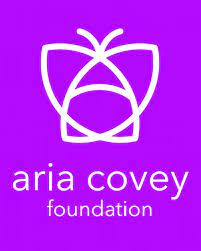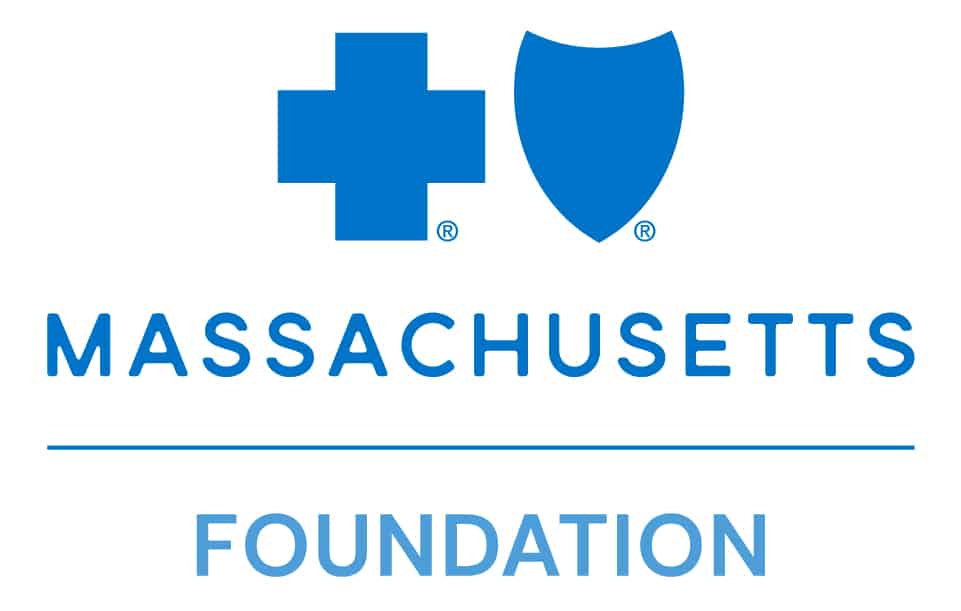
Statement from HMBANA:
HMBANA and its member milk banks share the concerns of families dealing with Zika virus and its seemingly-related microcephalic conditions of newborn infants.
The Zika virus is transmitted primarily via mosquito bite, but pending further research person to-person transmission cannot be ruled out. To date breast milk has not been shown to transmit the virus, however, as with all outbreaks, HMBANA continually monitors the latest research on potential risks in order to maintain a safe supply of donor human milk.
We conclude that donor human milk dispensed by HMBANA milk banks is safe. First, HMBANA donors are carefully and thoroughly screened for illnesses, and, therefore, are unlikely to be infected during the time period when they are expressing and donating milk. Second, the heat sensitive Zika virus is inactivated by the Holder Pasteurization process used by all HMBANA banks.
Background: Zika virus is a member of the virus family Flaviviridae and the genus Flavivirus, transmitted by daytime-active Aedes mosquitoes, such as A. aegypti and A. albopictus. Studies conducted on other viruses within this family, such as hepatitis C, West Nile and yellow fever virus, show definitively that the virus is heat sensitive, and therefore, inactivated during the Holder Pasteurization process. Heat treatment, which inactivates viruses via denaturing or disassembly of proteins, is a widely-used viral inactivation method effective against both enveloped and non-enveloped viruses.
Resources:
Background: Zika virus is a member of the virus family Flaviviridae and the genus Flavivirus, transmitted by daytime-active Aedes mosquitoes, such as A. aegypti and A. albopictus. Studies conducted on other viruses within this family, such as hepatitis C, West Nile and yellow fever virus, show definitively that the virus is heat sensitive, and therefore, inactivated during the Holder Pasteurization process. Heat treatment, which inactivates viruses via denaturing or disassembly of proteins, is a widely-used viral inactivation method effective against both enveloped and non-enveloped viruses.
U.S. Centers for Disease Control and Prevention. Zika Virus. www.cdc.gov/zika, last accessed 2/9/16
Fang Y, et al. Short report: Comparative thermostability of West Nile, St. Louis encephalitis and western equine encephalomyelitis viruses during heat inactivation of serologic diagnostics. American Journal of Tropical Medicine and Hygiene 80(5), 2009
Song H, et al. Thermal stability and inactivation of hepatitis C virus grown in cell culture. Virology Journal 7:40, 2010








